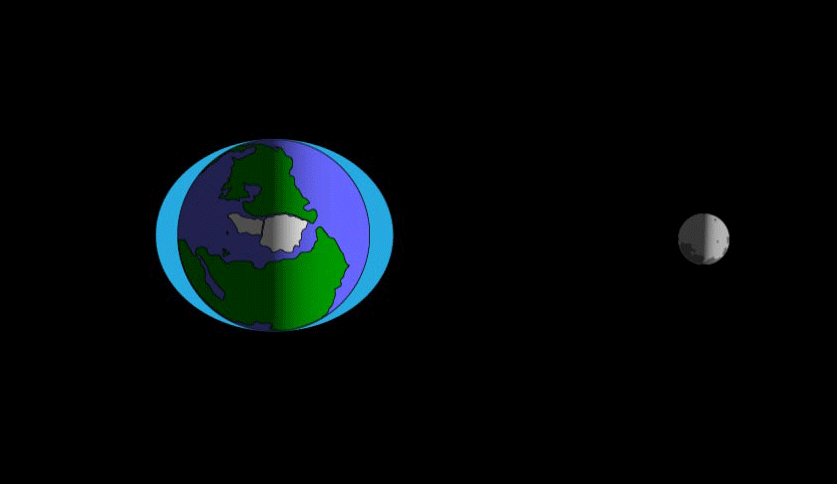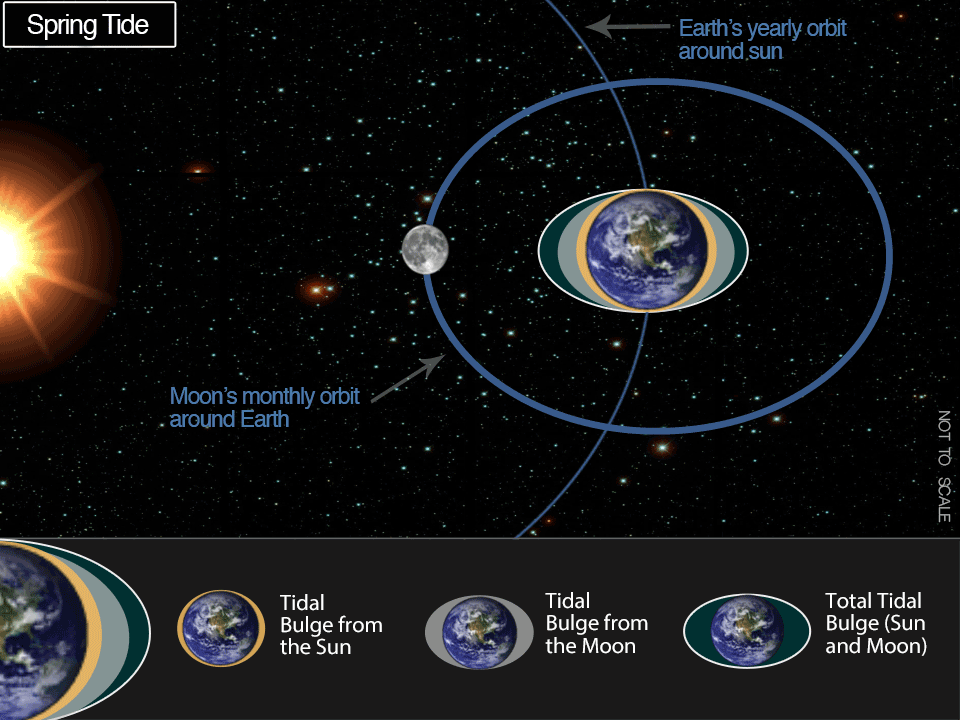How Does the Moon Affect Our Ocean?
Let’s revisit how the moon affects our beautiful ocean

During a full moon, it’s not unusual to hear people make jokes about the erratic actions of themselves or others, blaming the “bella luna” for any bad behavior. In fact, the word “lunatic” or “lunacy” is derived from the Roman goddess of the moon, Luna. The moon has been accused of controlling everything from fertility to the foraging behavior of mice, but whether or not the moon actually has that much (or any) influence on our behavior still has yet to be proven. One thing we know for sure about this celestial body—it plays a huge role by influencing our beautiful ocean tides.
The combination of Earth’s gravity and the gravitational pull of the moon creates a phenomenon called tidal force, which is what causes our ocean tides to change. How does this actually work? Well, it all comes down to the basics of gravity.
As I learned in elementary school, gravity is the magical invisible force that pulls objects towards each other—and the reason you’re able to read this without floating off into space. Anything that has mass, has gravity, and luckily for us, Earth is pretty big.
Get Ocean Updates in Your Inbox
Sign up with your email and never miss an update.
The moon’s mass is smaller than the mass of Earth (about 80 times smaller) but it still has gravity. This is why, as the Earth rotates, the area closest to the moon experiences its gravitational pull. You might be wondering: “But if we rotate past the moon only once a day, how is it that we have two high tides per day?” Great question!

This is where tidal force comes in. Tidal force is actually the moon’s average gravitational pull over the entire Earth subtracted from the moon’s gravitational pull in a specific location. You see, the moon’s gravity actually affects the entire Earth, not just the water, but because water is much less dense than land, we actually see the tides change. On the opposite side of the Earth— farthest from the moon where the moon’s gravity is the weakest—we experience high tide because the rest of the Earth is being pulled away from us, towards the moon.
This same phenomenon explains the extra shift in tides during both the full and new moons. The sun has gravity too (its gravity actually holds our entire solar system together). And during both full and new moons, when the earth, moon and sun all line up, their gravitational powers combined cause these more extreme tides called “spring tides”. During the 1st and 3rd quarter moons, when we see the lunar and solar gravitational pulls combat each other, we see smaller tides known as “neap tides”.

The jury is still out on whether or not humans are scientifically impacted by the gravitational pull of the moon. However, I propose that if we are influenced at all by the full moon, tidal force dictates we should be equally impacted by the new moon, just like our ocean tides.